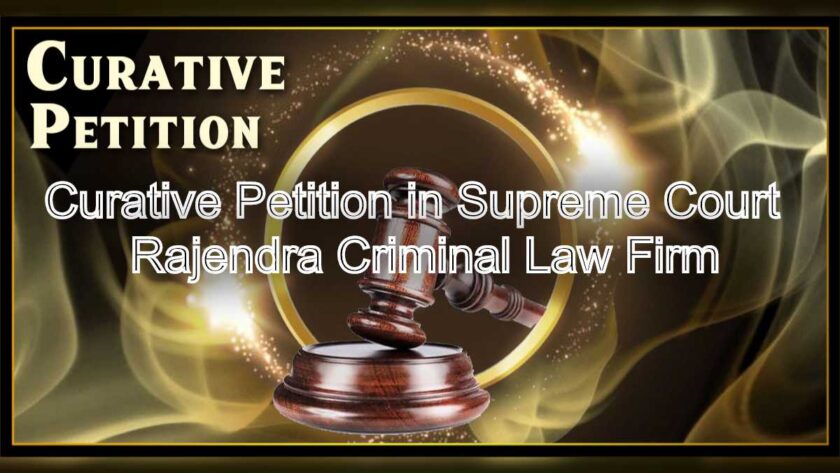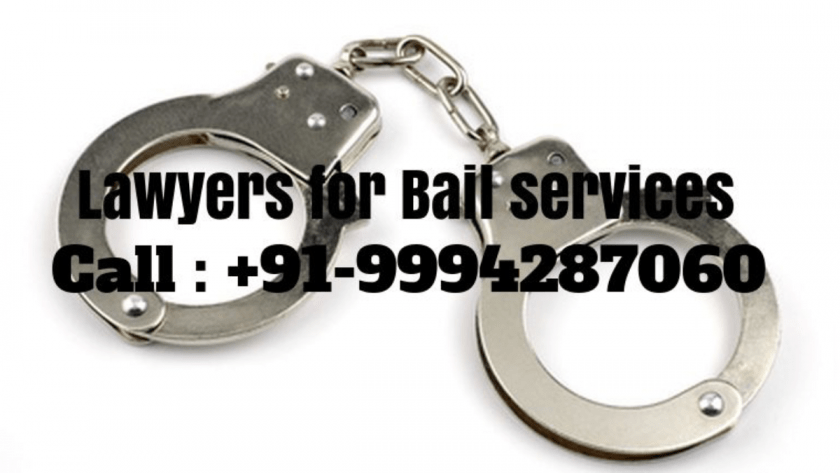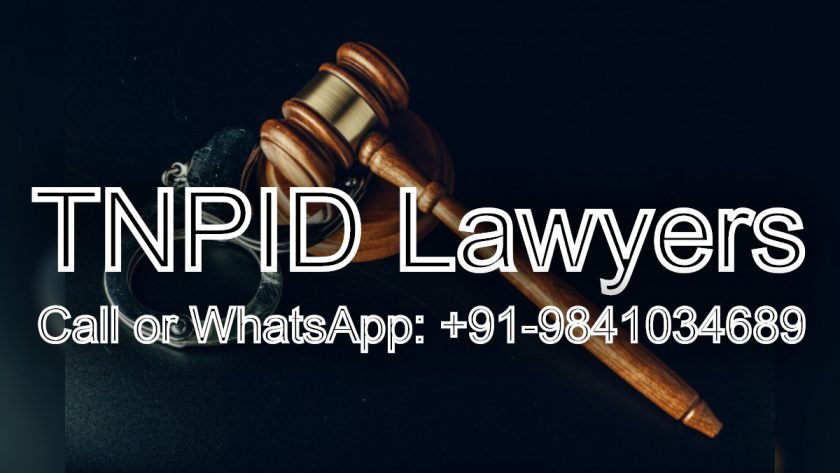Curative Petition in Supreme Court: Justice is a fundamental human right. Indeed, legal battles can be long and arduous. Individuals often pursue every available avenue. They seek vindication or reversal of an adverse judgment. However, the legal system values finality. Judgments eventually become conclusive. Yet, exceptional circumstances sometimes demand another look. Even after a Review Petition is dismissed, a rare remedy exists. This is the Curative Petition in the Supreme Court of India. Therefore, understanding this unique legal tool is not merely beneficial. It is absolutely essential. Rajendra Criminal Law Firm specializes in this complex area. We are experts in criminal defense. We meticulously navigate the highest echelons of justice. Stand ready to provide unparalleled legal support. We diligently represent clients when all other hopes seem lost.
Curative Petition in Supreme Court: Last Hope After Dismissal of Review: Rajendra Criminal Law Firm
Understanding the Hierarchy of Courts and Finality of Judgment
Firstly, grasping the structure of the Indian judiciary is paramount. It highlights the journey a case takes.
1. The Indian Judicial System
India has a hierarchical court system. It starts with subordinate courts. Then come the High Courts in various states. Finally, the Supreme Court of India sits at the apex. For instance, cases typically begin at the trial court level. Consequently, decisions can be appealed upwards.
2. The Doctrine of Finality
The legal system emphasizes finality of judgment. This means a court’s decision is usually conclusive. It promotes certainty and stability. For instance, once appeals are exhausted, a judgment gains conclusive force. Consequently, repeated litigation is discouraged.
3. Why Finality is Important
Finality ensures the Rule of Law. It prevents endless legal challenges. It also respects judicial resources. For instance, society needs closure on legal disputes. Consequently, the legal system aims for definitive outcomes.
4. Limited Exceptions to Finality
Despite the emphasis on finality, certain exceptions exist. These are designed to prevent gross miscarriage of justice. They ensure procedural fairness. For instance, the Review Petition is one such exception. Consequently, the Curative Petition is an even rarer one.
The Role of a Review Petition
Secondly, understanding the Review Petition is crucial. It is the immediate predecessor to a Curative Petition.
1. Purpose of a Review Petition
A Review Petition asks the same court to reconsider its own decision. This happens if there is an apparent error on the face of the record. For instance, it is filed before the Supreme Court after its initial judgment. Consequently, it allows for self-correction.
2. Legal Basis for Review
Article 137 of the Constitution of India grants the Supreme Court the power to review its own judgments. This power is also governed by rules made under the Supreme Court Rules. For instance, it is not a right to a re-hearing. Consequently, specific grounds must be met.
3. Grounds for Filing a Review Petition
Strict grounds apply to review petitions. These include discovery of new and important matter or evidence. This material must not have been available earlier. It also includes mistakes or errors apparent on the face of the record. Furthermore, any other sufficient reason justifies review. For instance, a clear misinterpretation of law might be a ground. Consequently, the scope for review is narrow.
4. Procedure for Review Petition
A Review Petition is filed within a specific timeframe (usually 30 days). It is typically heard in chambers. Judges consider it without oral arguments. For instance, the original bench often considers the review. Consequently, it is a summary procedure.
5. Dismissal of Review Petition
Most Review Petitions are dismissed. This happens because the stringent grounds are rarely met. The court affirms its original decision. For instance, this dismissal ordinarily signals the end of the legal road. Consequently, it solidifies the judgment.
The Genesis and Nature of a Curative Petition
Thirdly, the Curative Petition is a unique and extraordinary legal remedy. It emerged from judicial innovation.
1. Invention by the Supreme Court
The Curative Petition was not explicitly mentioned in the Constitution. The Supreme Court itself invented this remedy. This occurred in the case of Rupa Ashok Hurra v. Ashok Hurra & Anr. (2002). For instance, the Court felt a need for a remedy in rarest of rare cases. Consequently, it sought to prevent gross miscarriage of justice.
2. Legal Basis for Curative Power
The Supreme Court invoked Article 142 of the Constitution of India. This article grants the Court inherent power. It allows the Court to pass any order necessary for “doing complete justice.” For instance, this power is exceptional and residuary. Consequently, it is used only in extraordinary circumstances.
3. Purpose of a Curative Petition
A Curative Petition is considered the “last hope.” It aims to rectify a fundamental error. This error must have caused gross miscarriage of justice. This occurs even after the Review Petition has been dismissed. For instance, it goes beyond the scope of a review. Consequently, it provides a final opportunity for redressal.
4. The Court of Record Status
The Supreme Court is a Court of Record. This means its judgments are precedents. However, a Court of Record also has inherent power. It can correct its own grave errors. For instance, this power justifies the Curative Petition. Consequently, it reinforces the Court’s authority.
Strict Conditions and Grounds for a Curative Petition
Fourthly, the Curative Petition is subject to extremely strict conditions. These make it very difficult to succeed.
1. Dismissal of Review Petition is Precondition
A Curative Petition can only be filed after the Review Petition is dismissed. This is an absolute prerequisite. For instance, you cannot bypass the review stage. Consequently, it is truly a last resort.
2. Certification by a Senior Advocate
The petition must be certified by a Senior Advocate. This advocate must confirm that the grounds are genuine. They must affirm the substantial points. For instance, this ensures only meritorious cases reach the Court. Consequently, it acts as a filter.
3. Grounds for Curative Petition (Limited Scope)
The grounds are highly restrictive. They are narrower than those for a review.
* Violation of Natural Justice: The petitioner must show a violation of principles of natural justice. For instance, they were not heard, or there was a bias. Consequently, fundamental fairness must have been denied.
* Bias of a Judge: Evidence must exist indicating judicial bias. This bias must have directly affected the judgment. For instance, a clear conflict of interest. Consequently, proving bias is exceptionally difficult.
* Fraud on the Court: The judgment must have been obtained by fraud. This includes deception or misrepresentation. For instance, a deliberate concealment of facts. Consequently, fraud vitiates all proceedings.
* Apparent Error Causing Gross Miscarriage of Justice: This error must be so grave and fundamental. It must lead to a blatant injustice. For instance, a clear error that was overlooked. Consequently, this is a very high threshold.
4. No Re-Argument of Case
A Curative Petition is not a re-hearing. It is not an opportunity to re-argue the case. For instance, new arguments are not permitted. Consequently, it focuses only on fundamental errors.
Procedure for Filing a Curative Petition
Fifthly, the procedural steps for a Curative Petition are precise. Strict adherence is mandatory.
1. Filing After Review Dismissal
The Curative Petition must be filed within a reasonable time. This happens after the dismissal of the Review Petition. For instance, there is no specific limitation period, but delay is frowned upon. Consequently, prompt action is advisable.
2. Contents of the Petition
The petition must clearly state the grounds. It must show how the principles of natural justice were violated. It must highlight the specific error causing gross miscarriage of justice. For instance, it must also include a certificate from a Senior Advocate. Consequently, concise and powerful drafting is essential.
3. Circulation to a Bench of Judges
The Curative Petition is first circulated to a Bench of the three senior-most judges. This includes the judges who passed the original judgment (if available). For instance, this ensures scrutiny by experienced members. Consequently, initial assessment is critical.
4. Hearing in Chambers
The petition is typically heard in the judges’ chambers. There are no oral arguments at this stage. For instance, judges decide on the papers alone. Consequently, the written submission must be highly persuasive.
5. Oral Hearing (Rare Exception)
Only in very rare cases, if a Bench is satisfied, an oral hearing might be granted. This happens when a prima facie case of gross miscarriage of justice is established. For instance, this is an exceptional deviation from the norm. Consequently, an oral hearing signifies a significant hurdle overcome.
6. Decision of the Court
The Court will then decide. It can dismiss the petition. Can recall its earlier order. It can also issue directions. For instance, it can order a fresh hearing of the review petition. Consequently, the Court’s decision is final.
Rajendra Criminal Law Firm: Your Expert in Criminal Defense
Finally, Rajendra Criminal Law Firm provides unparalleled expertise. We specialize in navigating these ultimate legal challenges.
1. Deep Criminal Law Expertise
Our firm possesses profound knowledge. We understand the nuances of criminal statutes. We are experts in the Code of Criminal Procedure (CrPC). For instance, our expertise extends to all stages of criminal litigation. Consequently, our specialization is your strength.
2. Experience with Supreme Court Matters
We have extensive experience. We handle cases before the Supreme Court of India. This includes Special Leave Petitions (SLPs), Review Petitions, and crucially, Curative Petitions. For instance, we understand the highest court’s procedures and precedents. Consequently, our top-tier experience is invaluable.
3. Strategic Assessment for Curative Petitions
We meticulously assess your case. DDetermine if it meets the stringent criteria for a Curative Petition. We advise honestly on the chances of success. For instance, we focus on identifying genuine gross miscarriage of justice. Consequently, our strategic advice is critical.
4. Meticulous Drafting by Senior Lawyers
Our team includes experienced lawyers. They draft the Curative Petition with extreme precision. They highlight the fundamental errors and natural justice violations. For instance, they ensure the petition is compelling and legally sound. Consequently, expert drafting maximizes impact.
5. Strong Representation by Senior Advocates
We engage and work closely with top Senior Advocates. They provide the mandatory certification. They present your case persuasively in chamber hearings. For instance, their standing and experience are crucial for admissibility. Consequently, their involvement significantly strengthens your case.
6. Commitment to Justice
Our firm is deeply committed to justice. We believe in upholding the Rule of Law. We fight relentlessly for our clients’ rights. For instance, even when hope dwindles, we pursue every legal avenue. Consequently, our unwavering dedication sets us apart.
Frequently Asked Questions
A Curative Petition is the absolute last legal recourse available in the Supreme Court of India, filed after a Review Petition has been dismissed. A Review Petition asks the same court to reconsider its judgment based on errors apparent on the record. Conversely, a Curative Petition addresses a gross miscarriage of justice stemming from fundamental errors not previously addressed.
Filing a Curative Petition has extremely stringent conditions. Firstly, the Review Petition against the original judgment must have already been dismissed. Secondly, the petition must be certified by a Senior Advocate, who attests to the genuine nature of the grounds. Thirdly, the petitioner must prove a violation of the principles of natural justice, a judicial bias, or that the judgment was obtained by fraud, leading to a gross miscarriage of justice.
A gross miscarriage of justice refers to an error so fundamental and grave that it results in a blatant and intolerable injustice. This might include instances where the petitioner was not given a fair chance to be heard (violation of natural justice).
Typically, a Curative Petition is heard in the judges’ chambers without oral arguments. It is first circulated to a Bench of the three senior-most judges. Only in very rare and exceptional cases, if the Bench is prima facie convinced that a gross miscarriage of justice has occurred.
Rajendra Criminal Law Firm specializes in complex criminal defense matters, including Curative Petitions. They provide expert assessment to determine if your case meets the stringent criteria, meticulously draft the petition to highlight fundamental errors and natural justice violations, and work with Senior Advocates for the mandatory certification and representation.
Conclusion
The Curative Petition represents the final, extraordinary recourse available in the Indian legal system, specifically after a Review Petition has been dismissed. It is a rare remedy invoked by the Supreme Court itself under Article 142 of the Constitution to prevent a gross miscarriage of justice. Its stringent conditions, demanding a certified Senior Advocate and proof of fundamental errors like violation of natural justice or fraud, make it a highly challenging endeavor. Rajendra Criminal Law Firm specializes in navigating these ultimate legal frontiers. By offering deep criminal law expertise, extensive experience with Supreme Court matters, strategic assessment, meticulous drafting, and strong representation by Senior Advocates, our firm stands as your unwavering advocate. We diligently work to ensure that even in the rarest of rare cases, justice is served and fundamental rights are protected.
Read More
- How to Lodge Complaints About State Public Works Department (PWD) Officers
- Steps to File Complaints Against Tamil Nadu State Electricity Board (TNEB) Officers
- How to Complain About Municipal Corporation Officers in Your City
- Complaint Mechanism for Revenue Department Officers in State Governments
- Filing a Grievance Against State Transport Department Officers
- Supreme Court of India Official Website:





